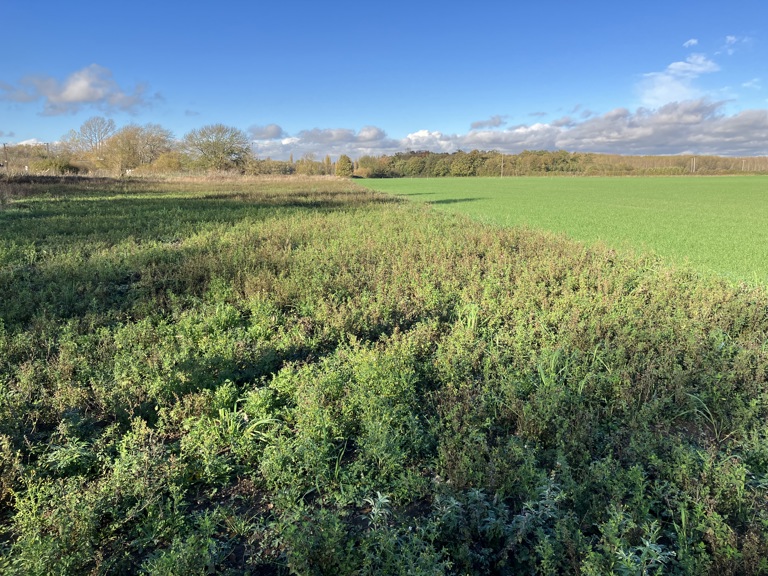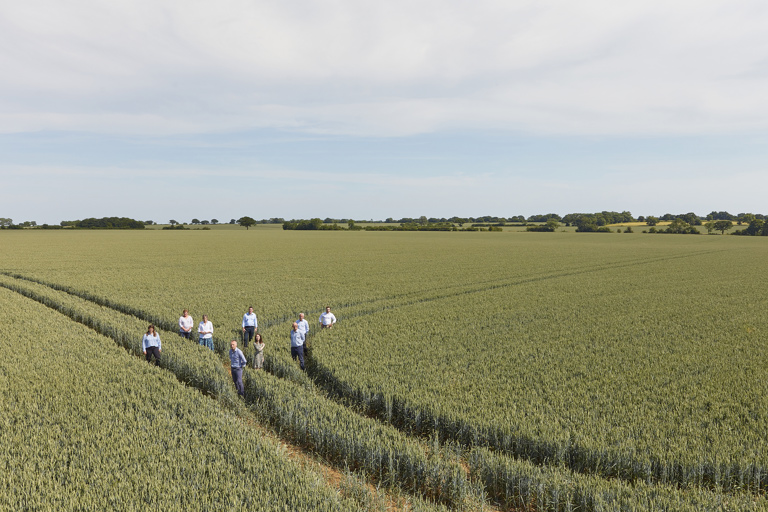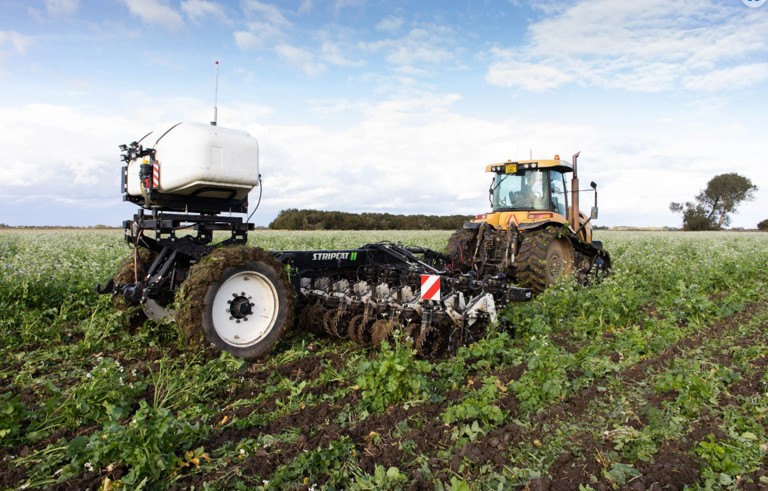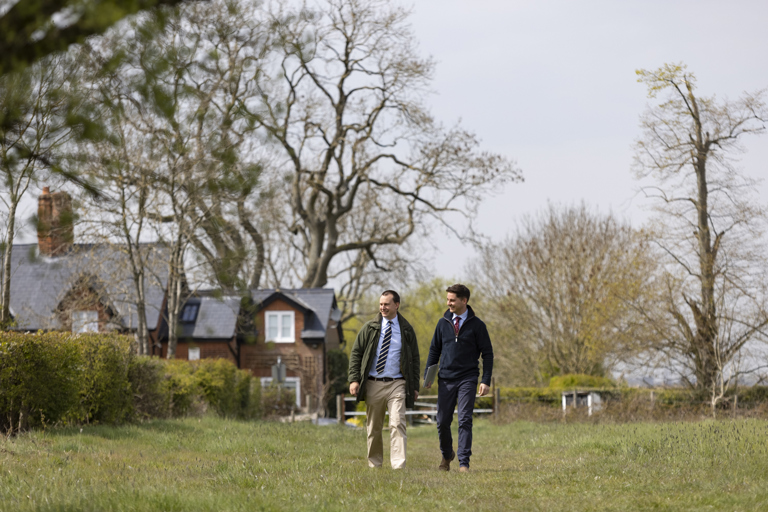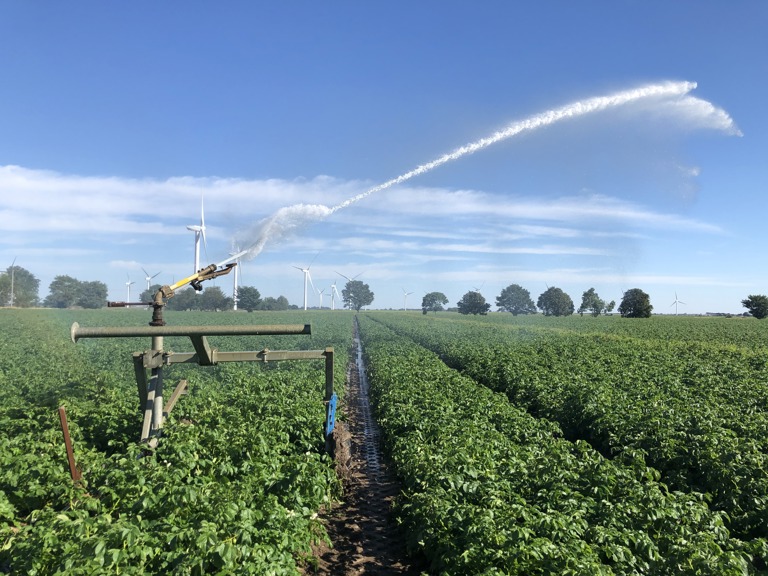Feed the soil, not the plants
Regenerative Agriculture is capturing headlines and attracting attention – but few agree on exactly what is involved. In a paper published by Bidwells earlier this year, we attempt to define the concept – and find a lot of good old-fashioned husbandry at its heart.
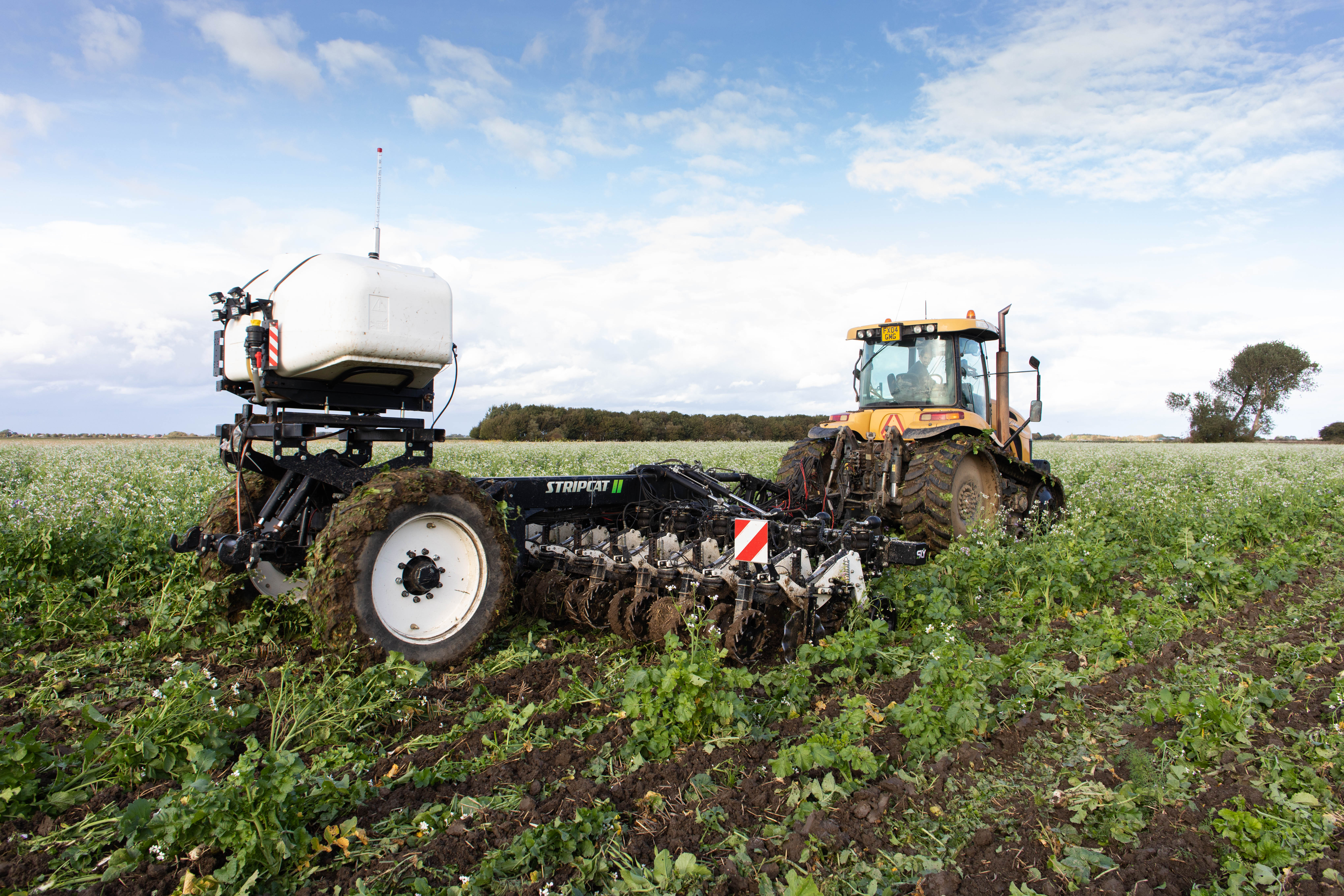
Farming is not without its fashions. Some trends come and go, only to return after a few years, when the radical alternative has proved not to be so radical after all, or the consequences demand a return to what is known to work.
Essentially, regenerative agriculture embraces the “law of return” – what one takes from the soil, one must put back. In this way it shares roots with organic farming, but more importantly, just good old fashioned farming practice. It incorporates the “golden hoof” which most farmers would understand.
The whole approach can probably be best summed up by: “feed the soil, not the plants”. Regenerative agriculture hinges on a wider understanding of soil biology and its role in plant nutrition than the direct application of primary or secondary nutrients. Feeding the great community of biological actors in the soil makes plant nutrients available for uptake, while plant root exudates are simultaneously feeding fungi and microbes. They depend on organic matter, which is both the food and catalyst for the whole system.
One early pioneer was American farmer JJ Rodale who began, in 1940, a series of experiments at Emmaus, Pennsylvania. The “dust-bowl” disaster of the previous decades meant many were determined to explore different methods of farming. Rodale’s son Robert (Bob) took the concept further and began using the term “regenerative” farming in the early 1980s.
Most people agree that Regenerative Agriculture is hinges on five key principles:
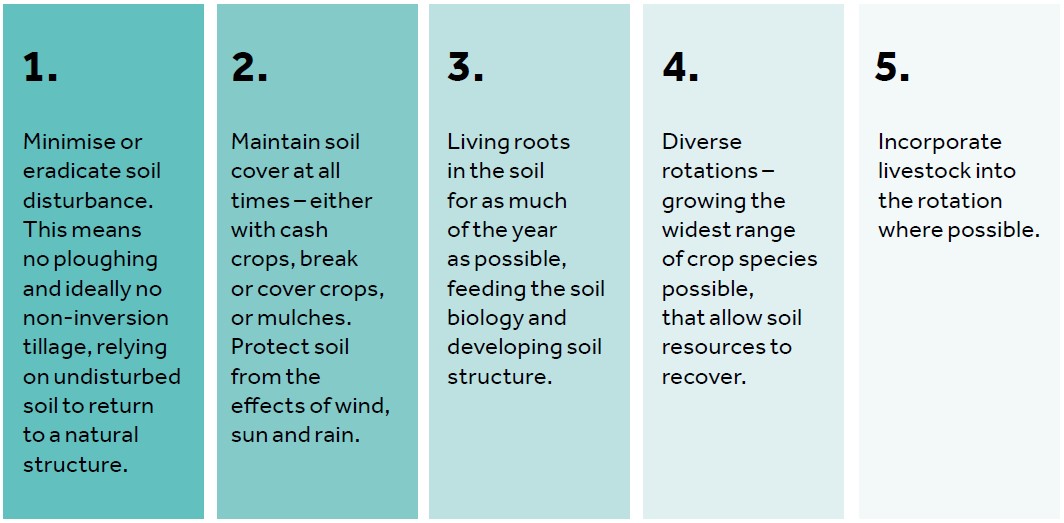
However, these are not a didactic set of rules that must be observed to exhaustion. Perhaps they do require a change in approach – put soil life first, and perhaps be prepared to challenge the received wisdom.
Be in no doubt - this isn’t about throwing a switch and expecting immediate results. It takes considerable time for soils to recover their natural structure after years of conventional cultivation; even the most ardent proponents of this and similar approaches will admit that there is a significant yield penalty in the first few years after adoption, although there is equally compelling evidence that this does correct after some time.

Download our regenerative agriculture report
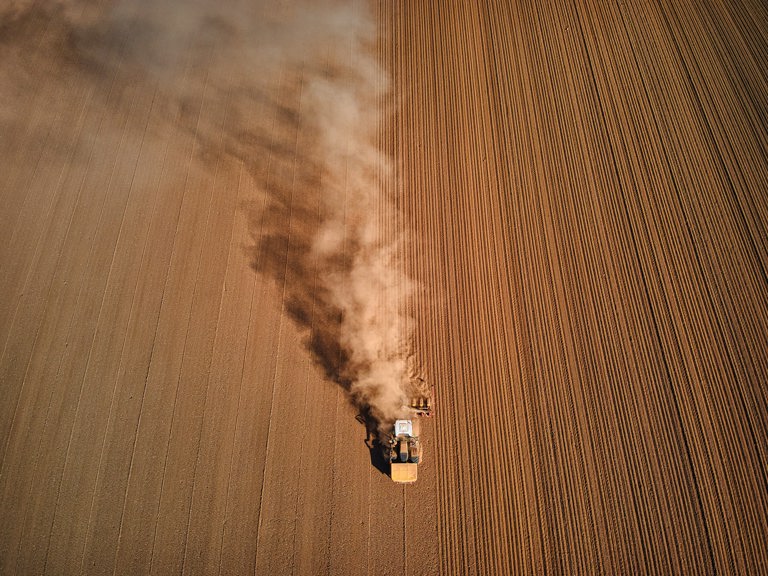
A new movement is gaining pace in farming. It’s even found its way into farm
policy. Yet it remains opaque, nebulous and slightly hard to define.
Get in touch

Ian Ashbridge
Partner, Head of Agriculture & EnvironmentRead more from Rural Outlook 2023-
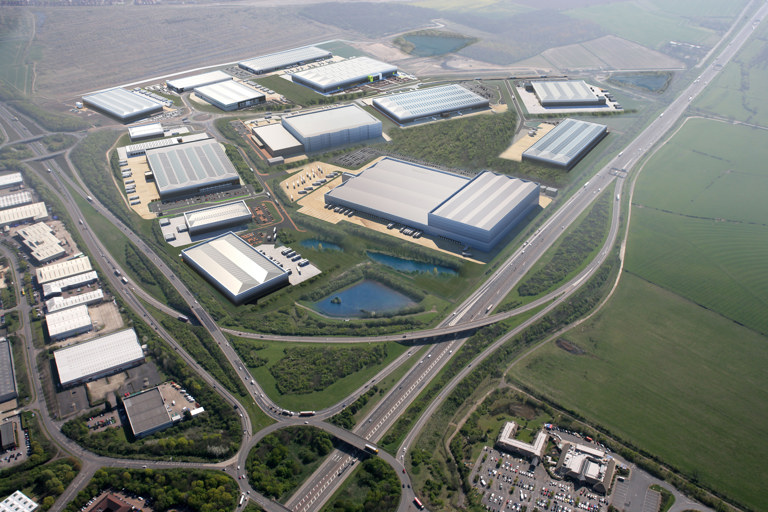
Is your land suitable for Industrial and Logistics Development?
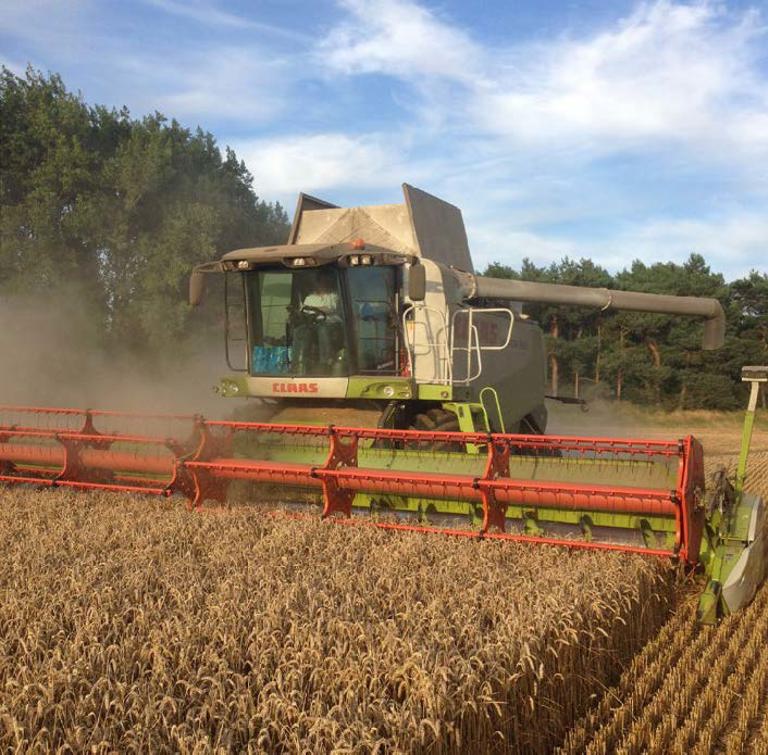
Detail on environmental land management scheme (elms) revealed at last

Consider joining the Landowner-Led Legacy Development
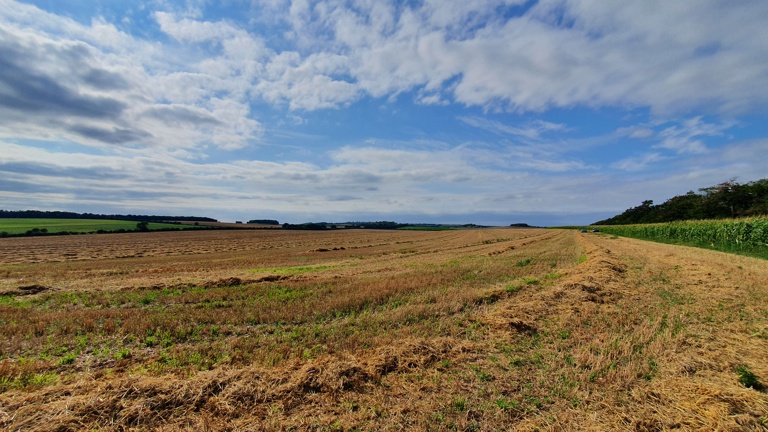
Natural Capital projects – the landowners perspective
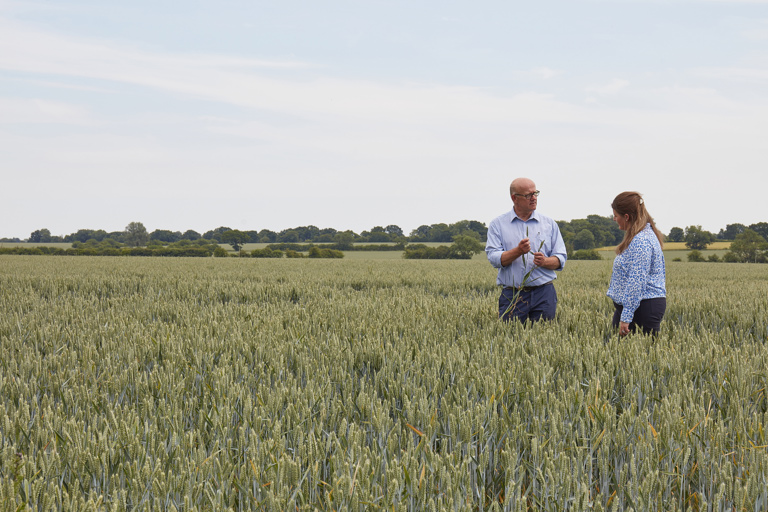
Breaking free from the input-output price dilemma: a guide for arable farmers
